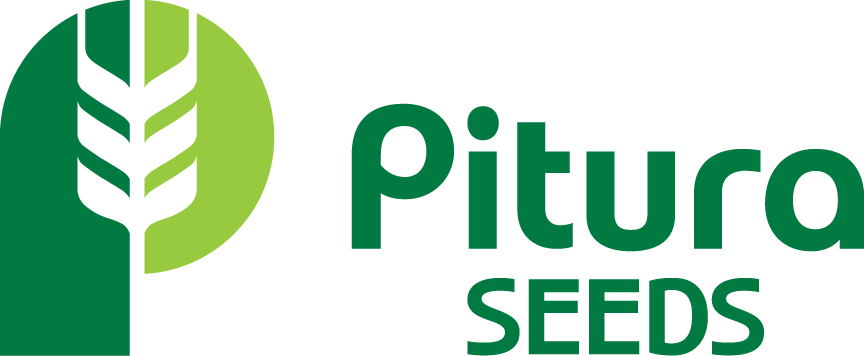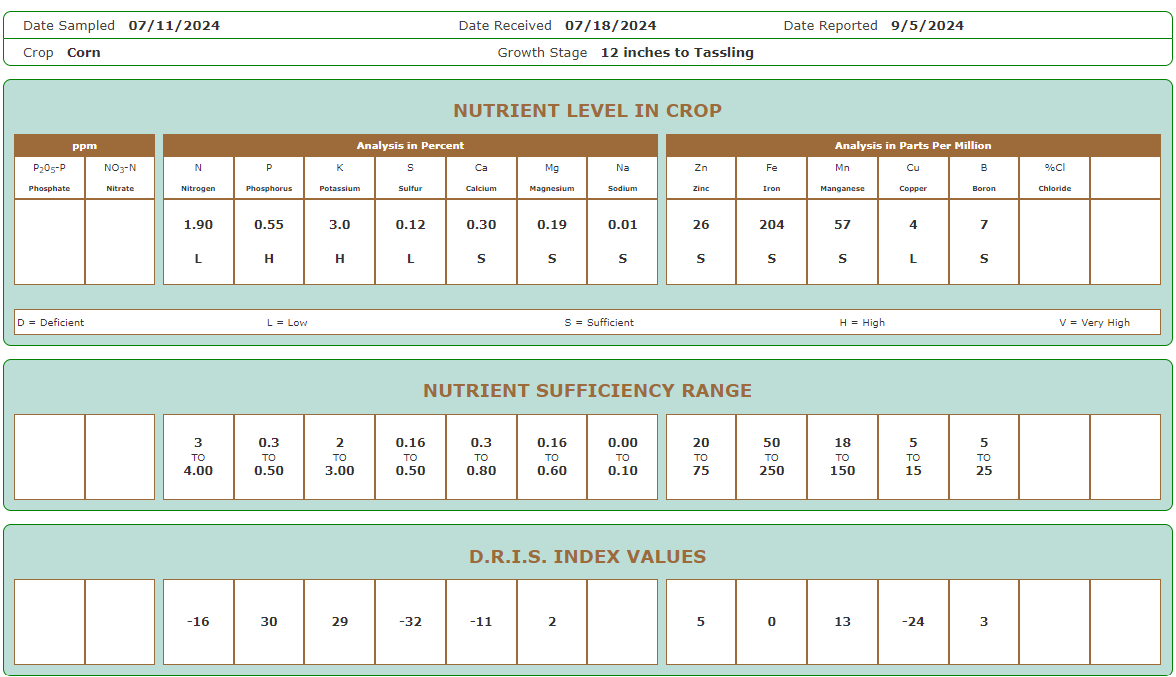Wet Spring, Dry Summer: The Power Of Soil And Tissue Sampling For Healthier Crops
Soil Sampling
This summer has been one of extremes. We started off with a very wet May and June, including a snow storm after seeding had begun. And now we are back to what could be called normal- high temperatures and minimal rainfall. July’s heatwave did help the crops get through the extreme moisture, allowing them to rapidly grow, but we are back to wanting some rain to help the crop finish well. The weather has also made nutrient deficiencies more noticeable in the fields, especially lighter soils that had fall applied fertilizer. Whether that looked like thin stands on the hill tops, maturity differences throughout the field, or discolouration of the leaves, almost all fields had some variability. This is where soil sampling, especially in season, can be beneficial. Soil sampling is a great way to see exactly what is happening in the soil. It will tell us how much of each nutrient is in the soil and available to the crop. Knowing how much of each nutrient is available can teach us which nutrient is the limiting factor for the crop’s production and how much fertilizer to apply without over or under applying, leading to less fertilizer emissions into the atmosphere. Soil sampling also helps to improve your soil by taking the first step towards proper soil fertility management. By improving your soil’s health, this will help maximize your farm profitability as soil health leads to improved crop yields.
This year we have seen that even spring applied fertilizer has leached too deep into the soil for the roots to reach. With the early rains, this meant the crop’s roots didn’t have to grow deep into the soil to reach moisture. Therefore, early on we were seeing deficiency symptoms. Even if you put 120 lb of nitrogen down in the spring, the rains we’ve had (136% of normal) may have pushed majority of that down below where the roots can reach. Only a soil sample will tell us for sure how much is lost and where the nutrients are still sitting (0-6 inches, or 6-12, 12-24 inches).
After last growing season, the soil had over 50 lbs of nitrogen left over after majority of crops. The drought we had meant plants did not utilize as much nutrients that were in the soil because there was no water to transport the nutrients into the plants. This year we expect to see low levels of nutrients mainly due to leaching and high yields from cereals. Soil sampling will give you the answers of “how much nitrogen is left in my soil?” or “how much fertilizer do I need to put down?”
Tissue Sampling
Tissue tests are another great way to tell what is going on with your crops during the season. They are easy to do by just taking leaves or sometimes entire plants, depending on the growth stage of the plant. Once the leaves/plants are sent in, the results can tell us what nutrient is deficient and needs to be added to ensure the abnormal plant becomes healthier and catch up to the “normal” plants.
Tissue tests will have the nutrient sufficiency range for each nutrient, the level of each nutrient in the plant, and the diagnosis recommendation integrated system (DRIS) index. This system interprets the nutrient status of the plants based on comparing the ratio of each nutrient in the plant to all the other nutrients. Those ratios are then compared to ratios of high yielding plants. If the DRIS index value is less than -15, that nutrient is deficient. -15 to +15 are considered adequate, and over +15 means the nutrient is found in high levels. The nutrient with the larger negative number is the most limiting and should be focused on first. As you can see from the example tissue test, nitrogen and sulfur are both below -15, meaning they are deficient in the plant. Because sulfur is at a larger negative, it is most likely to limiting nutrient and needs to be addressed first.
In conclusion, after the wet and then dry year we have had, soil sampling can help you understand what your crop went through and how to best set up your crop for next year.
~Annabelle Calcott


